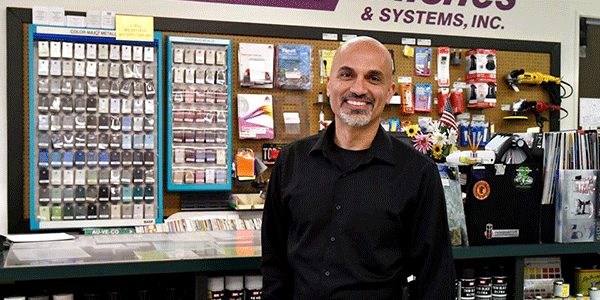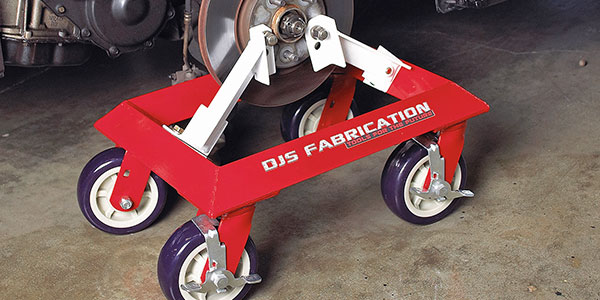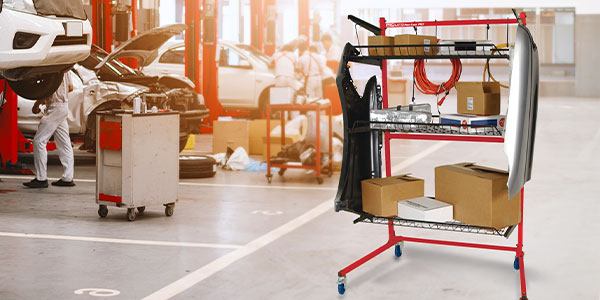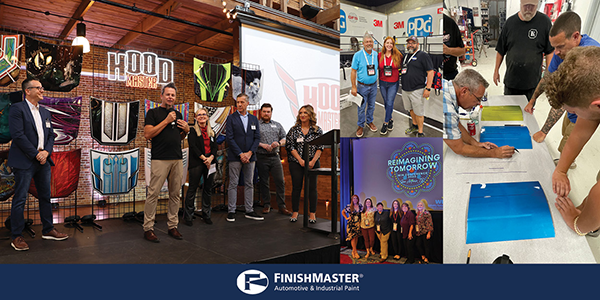Depending on the size of your shop, you may be subject to federal and state laws governing forms of protected leave such as FMLA, military leave, ADA leave, and jury duty. For the purpose of this brief discussion, we are focusing on FMLA leave.
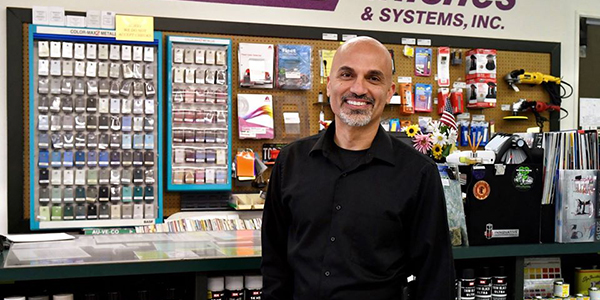
Why just FMLA?
The Families First Coronavirus Response Act (FFCRA) expanded FMLA leave by providing some additional temporary benefits. Body shops may adopt the FMLA Leave Expansion and Emergency Paid Sick Leave Policy (Coronavirus) as recommended by the Society of Human Resource Management (SHRM). This model policy is available to SHRM members at www.shrm.org. Shops may want to develop a specific payroll code to keep track of sick leave specifically related to COVID-19. Many shops are implementing simple, yet effective, internal systems to gather required information from employees relating to sick leaves. Educating employees, supervisors, and managers regarding these changes is highly encouraged.
Regarding Emergency Paid Sick Leave (E-PSL), the FFCRA has provided two specific provisions: 1. Implementation of the Emergency Paid Sick Leave (E-PSL), and 2. Implementation of Emergency Family and Medical Leave (E-FMLA). Emergency Paid Sick Leave (E-PSL) gives qualified employees up to 80 hours of additional paid sick time if the employee is unable to work (or unable to telework) due to a need for leave because:
- The employee is subject to a federal, state or local quarantine or isolation order related to COVID–19.
- The employee has been advised by a health care provider to self-quarantine due to concerns related to COVID–19.
- The employee is experiencing symptoms of COVID–19 and seeking a medical diagnosis.
- The employee is caring for an individual subject to an order described in (1) or self-quarantine as described in (2).
- The employee is caring for a child whose school or place of care is closed (or childcare provider is unavailable) for reasons related to COVID-19; or
- The employee is experiencing any other substantially similar condition specified by the Secretary of Health and Human Services, in consultation with the Secretaries of Labor and Treasury.
Who’s covered?
The Emergency Family and Medical Leave Act (E-FMLA) act covers shops with fewer than 50 employees (FMLA covers 50 or more employees). Employee eligibility occurs at 30 days of employment prior to designated leave (FMLA eligibility is 1,250 hours during the 12 months prior to the leave). Protected leave remains up to 12 weeks, however, a portion of the leave is partially paid, and includes an additional qualifying event: “Allows an employee who is unable to work or telework to care for the employee’s child (under 18 years of age) if the child’s school or place of care is closed or the childcare provider is unavailable due to a public health emergency.”
Many body shops fall below the 50-employee threshold and may qualify for exemption from the requirement to provide leave due to school closings or childcare unavailability. To qualify for this exemption, shops should document why their business with fewer than 50 employees meets the criteria.
The U.S. Department of Labor (DOL) issued temporary regulations for the Families First Coronavirus Response Act (FFCRA) on April 1st. These regulations state that employees must give notice to employers of the need to take leave and must provide supporting documentation. The DOL said the employee must provide a signed statement containing: Employee’s name, date(s) for which leave is requested, the coronavirus-qualifying reason for leave, and a statement that the employee cannot work or telework because of this reason. Employees must also provide the name of the government entity that issued the quarantine or isolation order to which the employee is subject if that is the reason for paid sick leave.
Employees requesting leave because of self-quarantine must provide the name of the health care provider making the quarantine recommendation. Someone caring for a person who is quarantined must provide either the government entity that issued the quarantine order or the name of the health care provider who advised the self-quarantine.
If a school closes or childcare is unavailable, the statement from the employee should include the name and age of the child or children, the name of the school or childcare provider unavailable due to coronavirus reasons, and a statement that no other person will be providing care for the child during the leave. With the care of a child older than 14 during daylight hours, a statement that special circumstances exist requiring the employee to provide care. In the case of leave requests based on quarantine orders, the employee statement should include the name of the government entity ordering the quarantine or the name of the health care professional advising self-quarantine. If the person subject to quarantine is not the employee, that person’s name and relation to the employee shall be provided.
Remember that normal FMLA certification rules apply to an employee’s own serious health condition related to the coronavirus and to the employee’s need to care for a spouse, son, daughter or parent with a serious health condition.
Employers intent on claiming a tax credit must document how the employer determined the amount of qualified sick and family-leave wages paid to employees, including records of work, telework, qualified sick leave and qualified family leave as well as how the employer determined the amount of qualified health plan expenses allocated to wages.
About the Author:
Sam Kamkar is the Executive Director of Human Resources for Industrial Finishes & Systems, Inc. Mr. Kamkar is also a certified John C. Maxwell coach, speaker, and trainer.
The material in this communication is for information purposes only. For specific advice, please visit the US Department of Labor website or consult with your accounting or legal professionals.
This article was sponsored by Industrial Finishes & Systems, Inc.
For more information, please visit https://industrialfinishes.com/fmla.pdf

